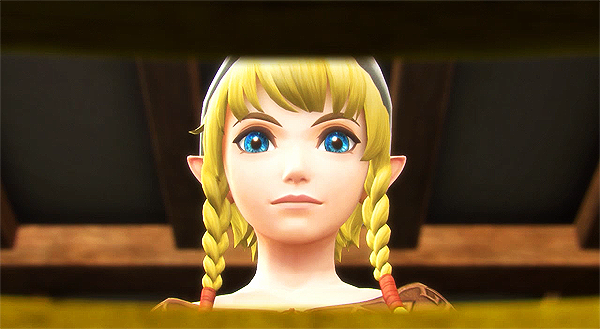[Editor’s Note: This piece was inspired by “We Could Be Heroes: Revisionist Gaming & Representation.” It’s recommended that you read it first!]
In March 2013, media critic Anita Sarkeesian launched the video webseries Tropes vs. Women in Video Games where she argues that games are subject to gendered biases. The Legend of Zelda is one of the gaming franchises Sarkeesian critiques in the first episode of Tropes vs. Women, as many of the Zelda titles contain classic examples of a trope that she refers to as “damseling.”
Damseling, in its purest form, is the process by which a woman is rendered inert and thereby positioned as an object that will motivate the player character—a man—to complete his quest. The point of the game is therefore to rescue the damsel in distress, who is subordinate to the hero and is not allowed to rescue herself, generally because she is, as Sarkeesian puts it, “Stranded in a hostile area, trapped, desperately ill, or suffering any number of terrible fates where she needs help to survive.”
In the Zelda series, Princess Zelda is frequently such a damsel, as she is variously kidnapped, imprisoned, placed into an enchanted sleep, crystalized, zombified, and turned to stone. The player’s job, as a young man named Link, is to acquire a weapon powerful enough to defeat the villainous Ganondorf and save Zelda, a narrative that forms the core of the eponymous “Legend of Zelda.”
What do players who are women make of Zelda’s role in this story? Is it necessary to take the plot elements of the series at face value, or are other interpretations possible? How do the games look from Zelda’s perspective?
And what about Ganondorf? What does it mean to be cast as the villain, unable to argue your own side of the story? Are the motivations of “the bad guys” ever so clear cut that we, as players, should feel justified in murdering them? Are there other ways to resolve the conflicts they represent?
Continue reading “Beyond Damsels & Villains in ‘A Tale of Two Rulers’”




